Your roof is one of the most important parts of your home. It protects you and your belongings from the weather, so it’s important to make sure it’s in good condition. If you’re not sure whether or not you need a new roof, keep reading. We’ll discuss some common signs that indicate it’s time for replacement.
A lot of homeowners in southwest Florida are in the same boat as you. They’re not sure when they should repair or replace their roof, or what type of roofing material to choose when constructing a new house.
Culbertson Agency is here to help. We’re a home insurance agency that sees thousands of roof inspections, policies, and claims every year. We have knowledge and advice for homeowners in southwest Florida who want to make sure their roofs are taken care of.
Signs you need a new roof.
If you’re unsure about whether or not your roof needs to be replaced, it’s always best to consult with a professional. They can inspect your roof and let you know for sure. In the meantime, keep an eye out for these common signs that indicate it might be time for a new roof.
1. Leaking roof
One of the most obvious signs that you need a roof replacement is a leaking roof. If your roof is leaking, it’s not doing its job properly. Water can damage your home and belongings, so it’s important to take care of the problem as soon as possible.
If you notice water stains on your ceiling or walls, it’s a good idea to call a roofer right away. They can inspect your roof and let you know if you need a new one.
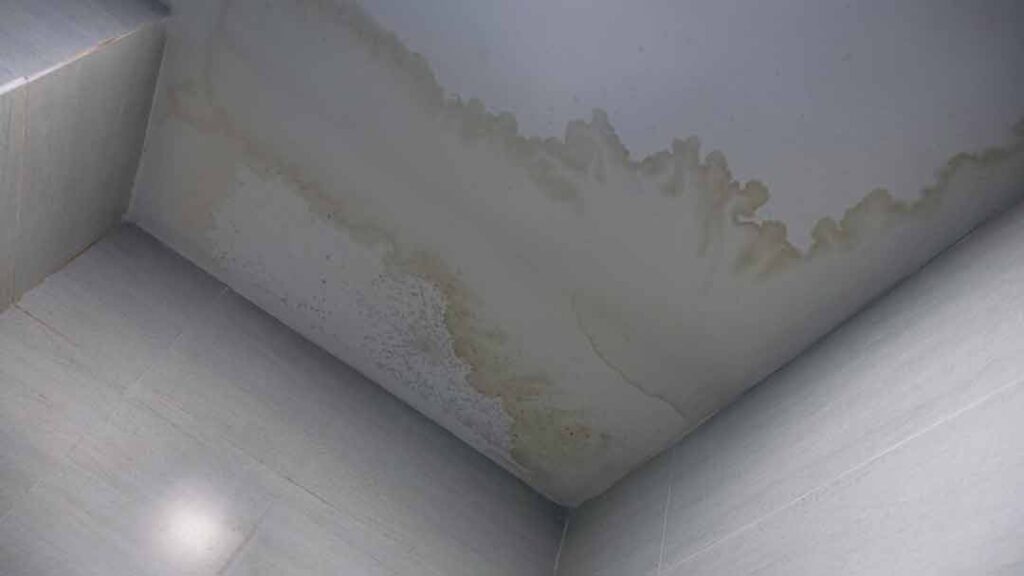
2. Damaged shingles
Leaking roofs are often caused by damaged shingles. If your shingles are cracked, loose, or missing, they might be letting water into your home. This is why it’s important to regularly check your shingles and make sure they’re in good condition.
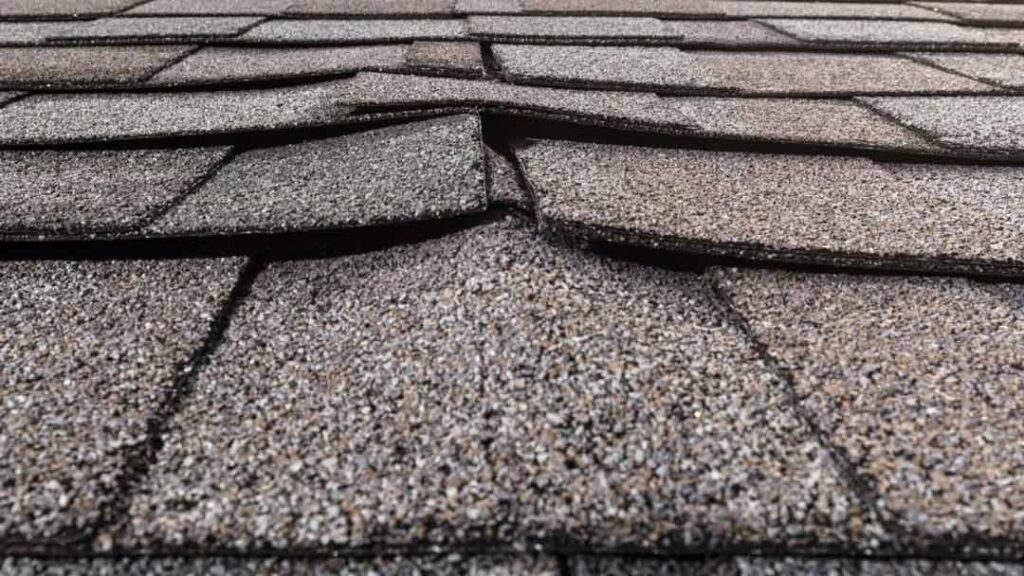
If you notice any damage, it’s best to call a roofer and have them take a look. They can repair or replace your shingles as necessary.
damaged shingles are often caused by severe weather conditions, so they’re more common in areas that experience hurricanes, tornadoes, or heavy snowfall.
If you live in an area with severe weather, it’s important to inspect your roof regularly and make sure the shingles are still intact.
While damaged shingles are often caused by severe weather, they can also be caused by normal wear and tear. If your roof is more than 20 years old, it’s probably time to replace the shingles regardless of their condition.
3. Lots of asphalt granules in your gutter
Your roof is made up of asphalt shingles, which are covered in a layer of granules. These granules protect the shingles from UV rays and make them more durable.
As your roof ages, the granules will start to fall off. This is normal and not cause for alarm. However, if you notice an excessive amount of granules in your gutter, it could be a sign that your roof is nearing the end of its lifespan.
If you’re not sure whether or not you need a new roof, it’s always best to consult with a professional. They can inspect your roof and let you know for sure. In the meantime, keep an eye out for these common signs that indicate it might be time for a new roof.
If you notice any of these signs, it’s best to call a roofer and have them take a look. With proper care and maintenance, your roof will last for many years. However, if it’s time for a replacement, the sooner you act, the better.
Water can damage your home and belongings, so it’s important to take care of the problem as soon as possible. Ignoring these warning signs could lead to more serious problems down the road.
Do roofs really need replacing?
Yes, roofs do need to be replaced from time to time. How often this needs to happen depends on a few factors, such as the type of roofing material, the climate, and how well the roof is maintained. Generally, if a roof is more than 20 years old, it’s a good idea to replace it regardless of its condition.
How often does a roof need to be fixed?
There’s no one definitive answer to this question. Depending on the roofing material, climate, and how well the roof is maintained, a roof might need to be replaced every 10 or 20 years, or it might last for 30 or 40 years. It all depends on the individual roof.
The 5 Most Popular Roof Types in Florida
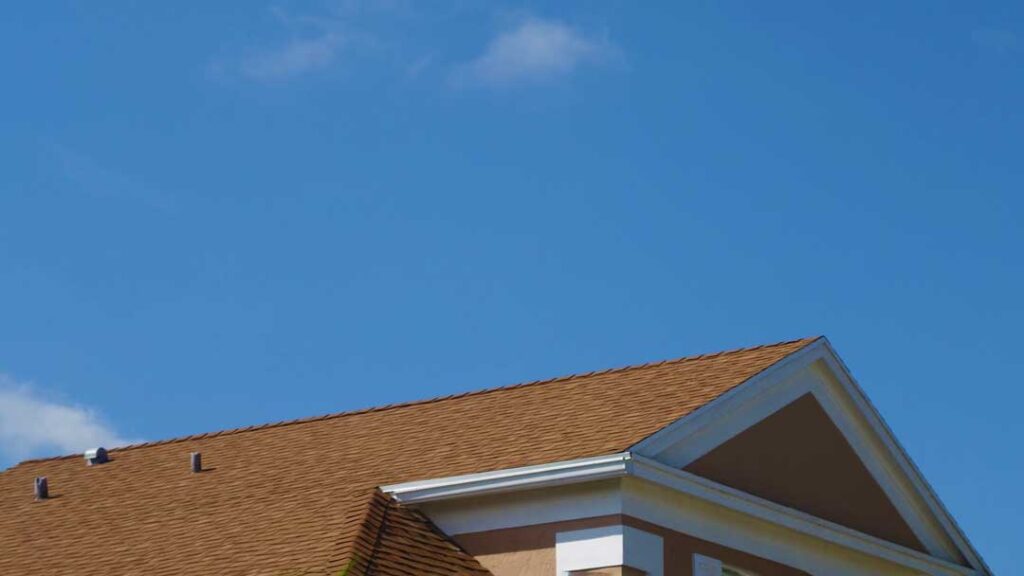
Asphalt
Asphalt shingle roofing has been one of the most popular roof types in the United States for decades, being both affordable and attractive to look at. They fit well with all kinds of different architecture, and they can last a long time if they’re properly cared for. For most homeowners, this makes asphalt shingles an easy choice.
Another significant advantage of asphalt shingles is their effective resistance to cold, water, and even fire. They’re good for the types of more moderate weather that many homes endure. In addition, asphalt shingles are relatively light in weight, making them easy to work with during installation. This can keep costs down as well.
While shingles are a widely used and popular roofing material, they aren’t without their drawbacks. One of the biggest issues with shingles is that they can be blown right off under high winds. Even if they don’t tear off entirely, this exposes the roofing materials below to rain and debris.
Plus, under the intense heat of Florida summers, aging shingles can warp, bend, crack, and shatter. With proper care and maintenance, however, shingles can provide a durable and attractive option for your roof.
All in all, it’s no wonder that asphalt shingles remain such a popular choice for homeowners across the country. With their combination of benefits, they offer a lot of value for the money.
Metal Roofing
As any coastal homeowner knows, salt air can be tough on your roof. That’s why metal roofing is such a great choice for homes near the sea. Metal roofs are impervious to salt air, meaning they won’t rust or corrode over time.
They’re also highly durable, meaning they won’t suffer from the wear and tear that other roofing materials are susceptible to. And if you live in a hurricane zone, a metal roof is an absolute must. That’s because metal roofs can stand up to winds up to 160 miles per hour, making them the strongest and most reliable choice when it comes to protecting your home during a powerful storm.
Metal roofs are becoming increasingly popular for both homes and businesses, and it’s easy to see why. Metal roofs are much more durable than shingles and other types of roofing materials, and they can last for decades with proper care and maintenance.
In addition, metal roofs reflect heat away from the home, rather than transferring it down into the structure. As a result, metal roofs can help to keep homes cooler in the summer months. Most metal roofing materials these days are made from recycled materials, and can be recycled again once they’ve outlived their lifespan as a piece of roofing. Consequently, metal roofs are an environmentally friendly option for those looking to “go green.”
As with any roofing material, there are a few drawbacks to metal roofs. They’re not the cheapest option on the market, but they’ll last up to 50 years before they need to be replaced. This is shorter than some of the other materials we’ve discussed, but, given the strength and reliability of a metal roof, a single replacement during your lifetime may well be worth the expense.
Metal roofs can also be noisy during rainstorms or when hail hits them. This is something to keep in mind if you live in an area with frequent severe weather. But, overall, metal roofs are a great choice for durability, energy efficiency, and low maintenance.
Concrete Tile
If you’re looking for a roof that can withstand the strong winds brought on by tropical storms and hurricanes, concrete is a great choice. Concrete roofs are extremely popular in Florida for this reason. Not only can concrete roofs stand up to high winds, but they’re also fire resistant and highly water and flood damage resistant. So if you live in an area that’s prone to hurricanes or other strong storms, a concrete roof is a great option for your home or business.
Concrete roofing is an increasingly popular choice for homeowners due to its many benefits. Not only is concrete very durable, but it is also low maintenance and has a modern look. A concrete roof can last up to fifty years, making it a great investment for any home. Be aware that the underlying materials may need maintenance or replacement before the fifty years is up, but the concrete itself will not need to be replaced. If you are looking for a roofing material that is both durable and stylish, consider concrete.
Clay Tiles
When properly maintained, clay tiles may survive for over fifty years. They never decay and are extremely durable against bug and insect damage. Clay tile roofs are also resistant to salt spray, so they’re ideal for properties close to the sea.
Clay tiles are also a beautiful material. They come in a variety of earthy tones and don’t fade under the harsh Florida sunshine, unlike many other roofing materials. Clay tiles are kiln-fired at extreme temperatures in the first place, after all.
Clay tiles, on the other hand, come with their own set of problems. For one thing, they’re considerably more weighty than other roofing materials, so there may be a financial offset in strengthening your roof to ensure it lasts. While clay tiles are typically more pricey than other types of roofs, they remain a fantastic bargain due to how long the roof will endure.
Even with all of the benefits, however, Ceramic Roof Tiles are not nearly as durable against physical damage as they are against wind and water. Even a roofer walking across the top of the roof might cause structural problems or even fracture the tiles due to their fragility. As a result, you may need to make repairs on a regular basis, particularly after working on the roof or during hail storms.
Slate Roofing
Natural slate roofs have been considered beautiful, practical and long-lasting for centuries. They work well with many styles of architecture because they come in such diverse colors that can satisfy your every preference (from subtle tones to loud accents). Plus you get all this great durability without sacrificing style!
Slate is a durable material that can withstand the elements for more than 100 years. It’s also fireproof and won’t catch on flames like other roofing materials do when exposed to open flame!
As anyone who has ever seen a slate roof knows, these thick, durable tiles are made from rocks! And, like all rocks, they are quite heavy. As a result, it is important to make sure that your home is structurally sound before you install a slate roof. Otherwise, the weight of the roof could cause serious damage to your home. Additionally, slate roofs can be quite expensive, so it is important to factor this cost into your budget. However, the durability and beauty of slate make it a popular choice for many homeowners. Just be sure to do your research before making your final decision.
You may also want to read about how the shape of your roof affects your homeowners insurance.
Roofing Materials Expected Lifespans
| Roofing Material | Typical Lifespan |
|---|---|
| Asphalt Shingles | 12 – 25 Years |
| Metal Roof | 30 – 60 Years |
| Concrete Tile | 40 – 100 Years |
| Clay Tile | 50 – 150 Years |
| Slate Tile | 100 – 200 Years |
In Florida, shingles are the most frequent roofing material. They have a good performance and low cost, which is why they are so popular. While asphalt shingles come with warranties of 20 to 30 years, their lifespan in Florida is far shorter. High-quality architectural shingles have a life expectancy of 15 to 20 years. 3-tab shingles, on the other hand, are expected to last 10 to 12 years.
The average life span of a tile roof in Florida is 25 to 50 years. They may endure for even longer if properly cared for. Tile roofs can survive high winds, salt spray damage, and UV exposure when installed correctly.
What happens if you don’t repair a roof?
If you don’t repair a roof, the damage will only get worse. Water can leak into your home, causing damage to your walls, ceilings, and floors. In extreme cases, a collapsing roof can cause serious injury or even death.
Should you replace gutters when replacing roof?
No, you don’t necessarily need to replace your gutters when you replace your roof. However, if your gutters are old or in poor condition, it might be a good idea to replace them at the same time. This will help ensure that they’re able to properly protect your home from water damage.
Pictures of roofs that need to be replaced
Here are some pictures of roofs that need to be replaced:
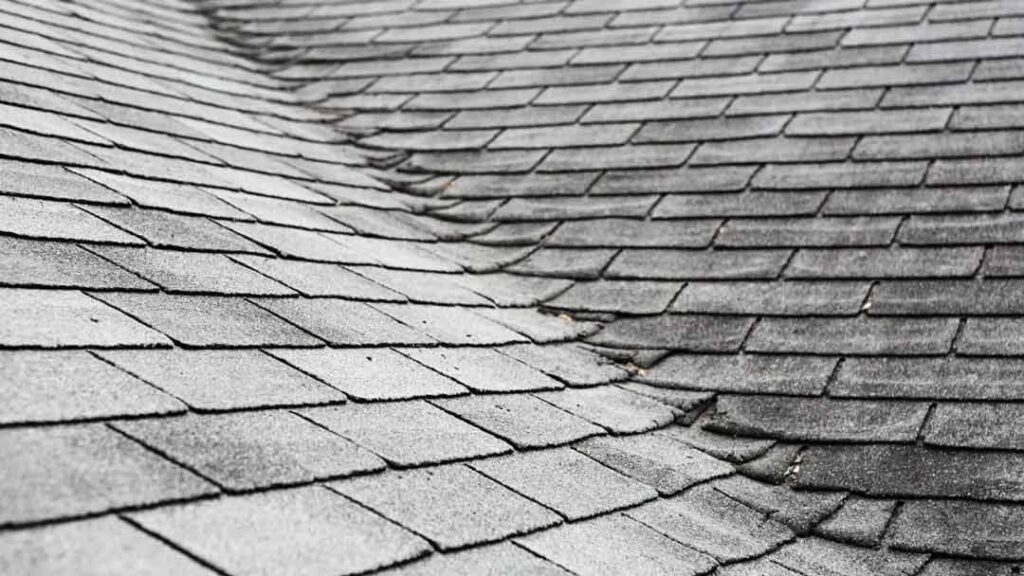
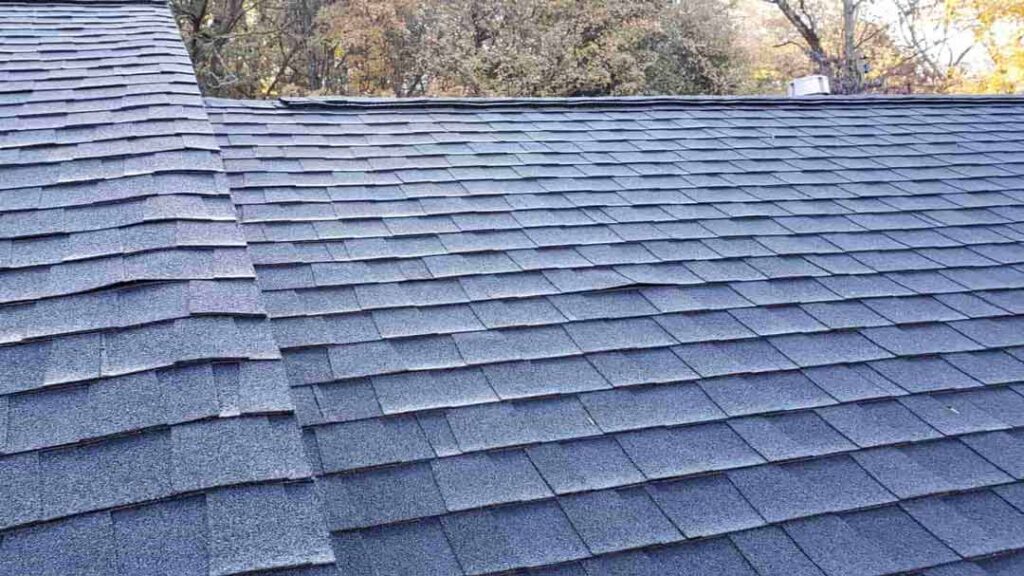
It’s important to be aware of the signs that your roof needs to be replaced, as water damage can be costly and dangerous. If you’re seeing any of the symptoms mentioned in this article, it’s best to consult with a roofing professional to get an accurate diagnosis. In most cases, it’s better to replace a roof sooner rather than later, so don’t wait until it’s too late.








